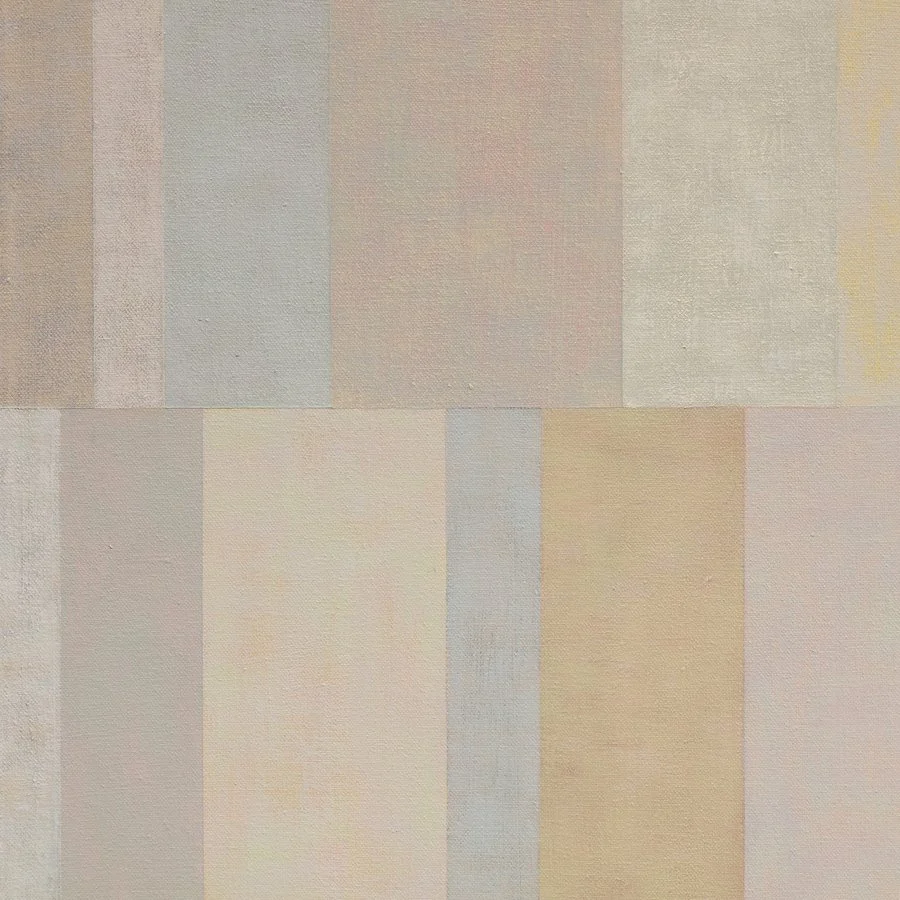 | ||
| "The Sound of His Own Voice Made Him Cry the Most", collage on watercolor paper, Amanda Clyne, 2006 |
 |
| Detail -- sewn fragments of statutes, contracts, faxes and memos from my life as a lawyer. |
This is an artwork I made when I was an art student, in remembrance of my experience of 9/11. Here is the artist statement I wrote about the piece:
To many people, the events of September 11 have come to represent the vulnerability of our security, the new threat and fear of terrorism, or the heartstring to pull to justify war. But on that day, I was a New Yorker living in lower Manhattan, working as a corporate lawyer, and for me, the two burning towers have come to represent the moment that became the catalyst for change in my life, for reassessing my priorities, and for searching for the passions and joys that were being sidelined by my ambitious career.
Sewing together fragments of the contracts, statutes, faxes and memos that consumed my daily life as a lawyer, I re-constructed the image of the two towers of the World Trade Center. I wanted the red thread to convey a sense of fragility, memory, and even the suturing of a wound. In contrast, I wanted the fallout of the explosion of the towers to be fragments of my own creation or of personal joys – my niece’s artwork, sheet music for my piano, photos of my best friend’s pregnant belly, generally images of my life outside the office full of art, love, family and beauty. And I wanted to rebuild the city with that joy, as indeed all New Yorkers did after the attacks.
The title of the piece comes from Jonathon Safran Foer’s novel “Extremely Loud and Incredibly Close”, in which the young protaganist who lost his father in the World Trade Center attacks struggles to answer the question, “Can any good come from this?”. I hope my piece reflects my answer – for me and the city I love.

